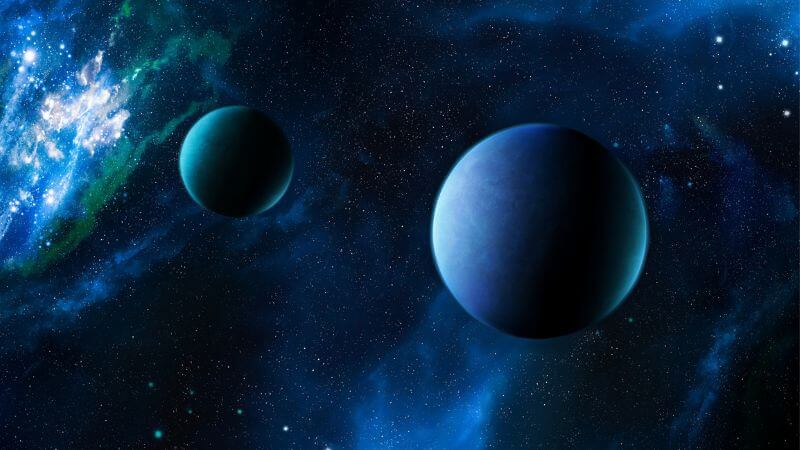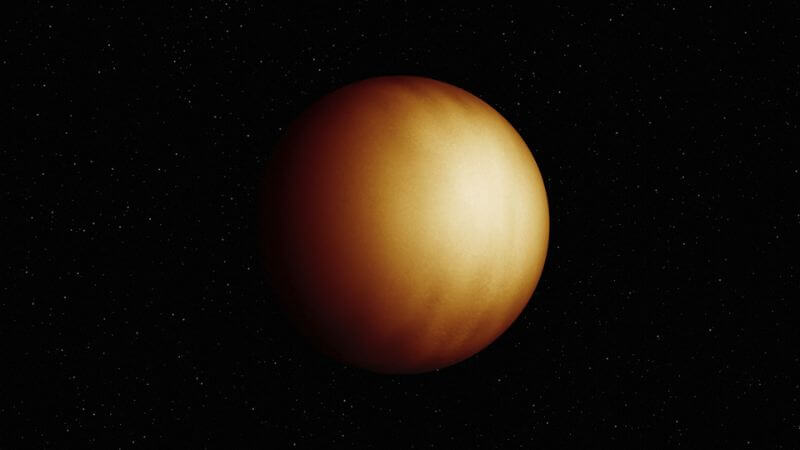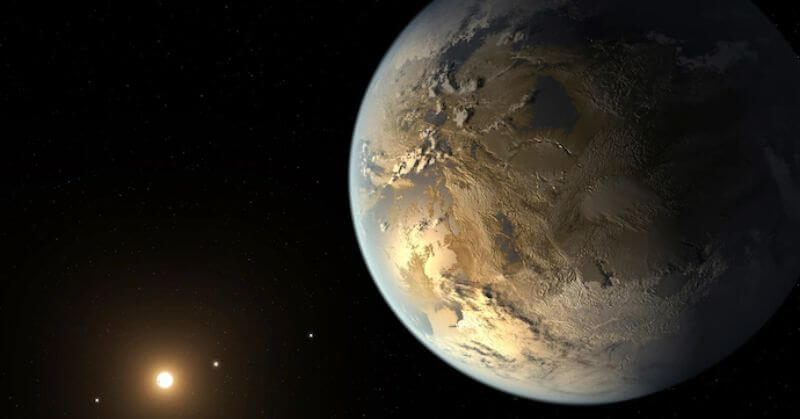We have always been fascinated by speculations about the cosmos and planets. It’s always been enjoyable to learn about fascinating facts. At the same time, it creeps us because of its gigantic size and mysterious theories. Professor Abhijit Chakraborty of the Physical Research Laboratory (PRL) in Ahmedabad led a group of scientists. They identified the densest extraterrestrial planet, which is 13 times larger than Jupiter. Continue reading to learn more about the alien planet 13 times the size of Jupiter.
Third Exoplanet- Alien Planet 13 Times The Size Of Jupiter

This is PRL scientists’ third exoplanet discovery. Also, the results of the research have been released in the journal Astronomy and Astrophysics Letters.
The indigenous PRL Advanced Radial-velocity Abu-sky Search spectrograph (PARAS) at the Gurushikhar Observatory on Mt. Abu was used by a team of scientists from India, Germany, Switzerland, and the United States to accurately determine the planet’s mass. The mass of the exoplanet is 14 g/cm3. The team made critical astronomical discoveries thanks to the revolutionary approach.
The newly discovered planets orbit TOI-4603, a sub-giant F-type star discovered by NASA’s Transiting Exoplanet Survey Satellite (TESS). It is a significant addition to the population of less than five known objects in the transition mass zone of massive giant planets and low-mass brown dwarfs. The planet is 731 light years away from the Earth and circles around its star every 7.24 days. And it has a temperature of 1396 degrees Celsius. Also, the planet’s mass varies between 11 and 16 times that of Jupiter, and its temperature is 1,396 degrees Celsius. Moreover, discovering such systems gives essential information on the genesis, migration, and evolution mechanisms of giant exoplanets.
What Exactly Are Exoplanets?

Exoplanets are planets that orbit stars outside our solar system. According to NASA, exoplanets, additionally referred to as rogue planets, do not belong to any star and instead orbit the galactic center. As per NASA’s Exoplanet Exploration website,
“Exoplanets are made up of elements similar to those of the planets in our solar system, but their mixes of those elements may differ. Some planets may be dominated by water or ice, while others are dominated by iron or carbon.”
According to the US space agency,
“It is not easy to detect exoplanets directly through telescopes as they are concealed by the bright glare of the stars they orbit.”
What are your thoughts on this? Let us know in the comments.
Follow Us: Facebook | Instagram | Twitter |
Youtube | Pinterest | Google News |
Entertales is on YouTube; click here to subscribe for the latest videos and updates.














